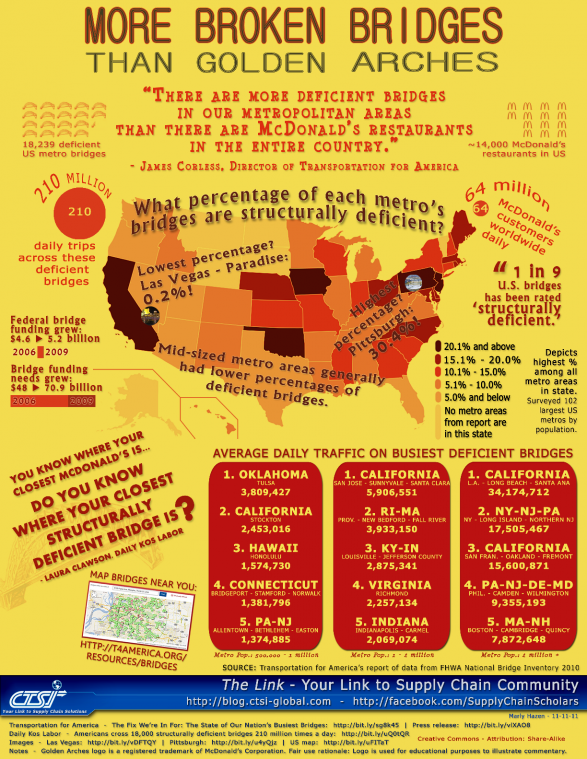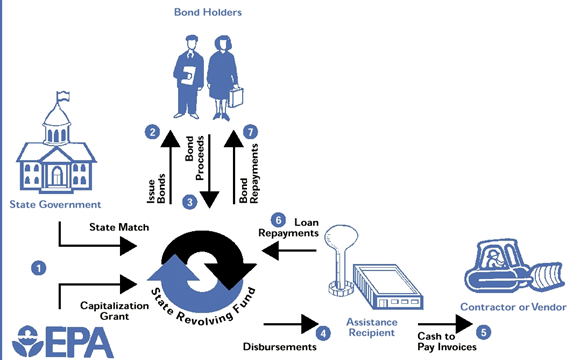Instruction Method and Mentors
This course is conducted online, but features interactivity with other students and course mentors. Eno developed a course portal that houses all course content. To see how our online portal works, please
click here. Students in this course learn by doing. After learning the basics of P3s, students complete mock assignments leading to the delivery of a P3 project.The learning experience is enhanced by two qualified course mentors:
Roy Kienitz, Principal of Roy Keinitz LLC, is the former Under Secretary for Policy at the United States Department of Transportation. He also served as former Pennsylvania Gov. Ed Rendell’s Deputy Chief of Staff. Currently Mr. Keinitz works on major project development and implementation strategies, drawing on his diverse transportation policy experience.
Dr. Michael D. Meyer is a consultant with Parsons Brinckerhoff. Prior to this position he was a Professor of Civil and Environmental Engineering at the Georgia Institute of Technology. He also served as Director of Transportation Planning and Development for Massachusetts where he was responsible for statewide planning, project development, traffic engineering, and transportation research.
Who Should Attend
A wide variety of individuals should consider signing up for the course, including: Mid- to senior level professionals and State/City Departments of Transportation, transit agencies, metropolitan planning organizations, and local governments; Federal employees involved in P3s for transportation; and Professionals from the private sector who assist public sector agencies implementing P3s.
Professional Development Hours
Through the course students will be able to earn up to 40 Pofessional Development Hours (PDH). Other types of professional education may be available. To inquire contact Alex Bond, abond@enotrans.org or 202-879-4714.
Course Dates and Schedule
The course will run from March 10 through April 4. Each week has a distinct lesson plan and assignments, although most course activities are flexible or available on-demand. Students should be prepared to devote 8-12 hours per week to course activities. To see examples of how students receive course material, view these screen captures.
Future Course Offerings
This course will be offered 4-5 times each year. To learn more about future course offerings please contact Alex Bond at 202-879-4714 or abond@enotrans.org
Q: What previous experience do I need to take this course?
A: This course is intended for established transportation professionals who want to expand their knowledge on P3s. No prior experience with P3s is required. However, the course assumes a moderate level of knowledge of transportation systems.
Q: Is this course only about toll roads?
A: This course was designed to be multimodal.
Q: What do I receive upon completion of the course?
A: You will receive a certificate of completion. In addition, your course fee provides you with one year of individual regular membership to the Eno Center (up to a $200 value). Licensed Professional Engineers will receive forty Professional Development Units (PDU). If you are interested in another type of continuing education credit, such as AICP-CM or IACET Continuing Education Units (CEU), please contact Alex Bond at 202-879-4714 or abond@enotrans.org. Eno is in the process of partnering with other organizations that offer P3 professional credentials. All students who have taken the course will be eligible for any credentials established in the future. For more information on P3 credentialing, visit the Institute for Public Private Partnerships.
Q: How much time per week is needed to complete the course? Are times flexible?
A: The course is designed to be flexible, but also keep you on task. You should expect to spend ten hours per week on the course. There are weekly topics and assignments that you are expected to complete. Only an hour or two per week are on a fixed schedule. The remainder will be spent viewing on-demand recorded content, interacting with the course mentors, reading at your own pace, and preparing assignments for review.
Q: What if I need help?
A: Course mentors are available by phone, video chat, and email to provide you as much assistance and advice as you need. They are available by email at any time. You will have tools available to reserve appointment times for deeper discussion with the mentors.
Q: What if I get too busy and cannot complete the course?
A: If you find that you cannot continue, please notify the mentors and CTL staff. In certain circumstances, extensions can be granted, particularly in the final week of the course. Eno is not able to offer refunds. However, you can enroll in another offering of the course at a later date (the course if offered 4-5 times per year) on a space-available basis. When re-enrolling, you may be required to begin the course from the start
Q: Why is this course offered online, and over such a long time frame?
A: By offering the course online, you will not incur travel expenses and disruptions to your daily routine. By offering it over a four-week span, you will be able to keep up with most of your regular work duties. In the future, a compressed version of the course may be offered. Please let us know if you are interested in this type of class.














